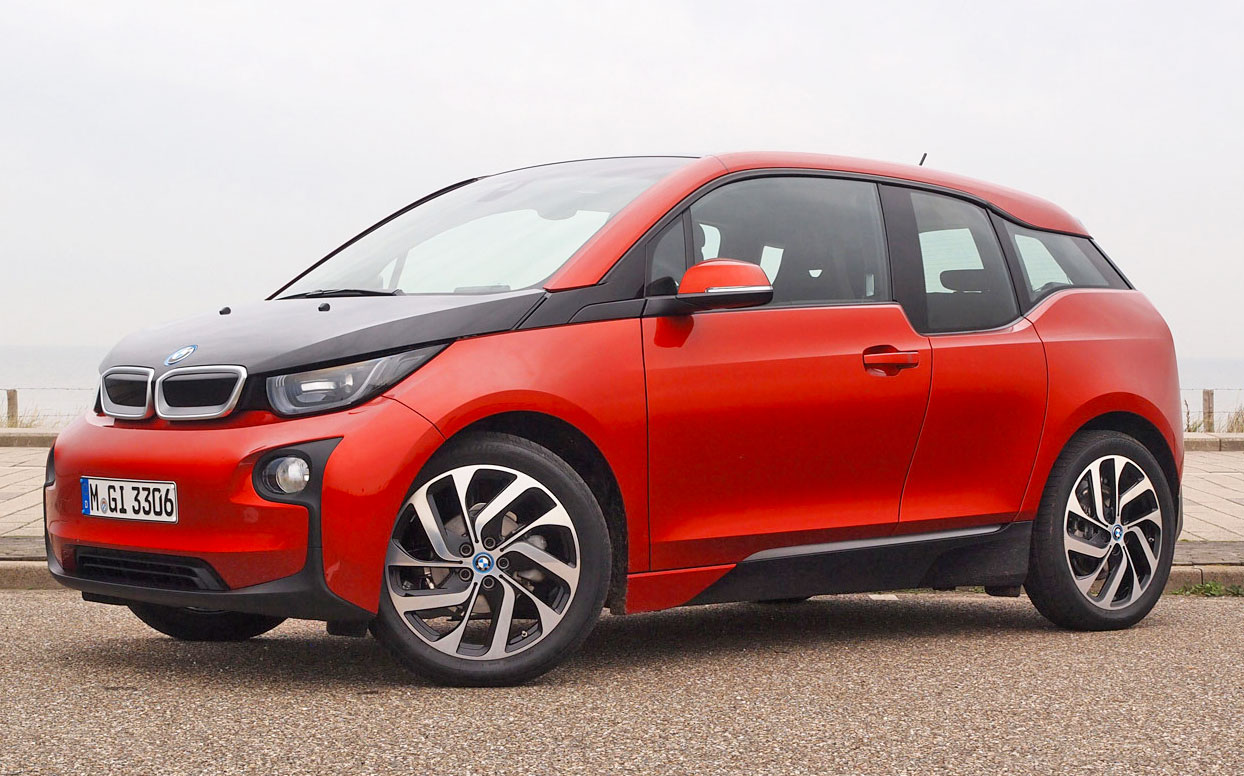
A Berkeley Lab research team in California has successfully restored a 134 year-old audio recording. The historic audio was originally captured in 1878 by a phonograph designed by Thomas Edison, which consisted of a cylinder wrapped in tinfoil that used a stylus to record sound on the surface of the material. Due to the foil's frailty, recordings were only good for a few playbacks on Edison's phonograph. To restore this century-old mixtape, the research team created a 3D model of the grooves in the foil and ran it through a software that recreated the original audio track. As for the great mystery of the recording's contents, it's a 23-second horn instrumental followed by what is believed to be political writer Thomas Mason reciting Mary Had a Little Lamb and Old Mother Hubbard. Using modern technology for playback, the restored recording is set to have a listening party this week at the Museum of Innovation and Science in New York.
Update: For audio samples from the project, hit the coverage link below.
[Image courtesy of the Library of Congress, Brady-Handy Photograph Collection]
Filed under: Misc, Science, Alt
Auto-tune this! Research team restores 134 year-old audio recording (update: audio links) originally appeared on Engadget on Thu, 25 Oct 2012 18:14:00 EDT. Please see our terms for use of feeds.
Permalink  The Verge
The Verge |
 ABC News
ABC News |
Email this |
Comments
 Today BMW turned on a EV charger at Thomas Edison National Historical Park, the former home of the inventor. It's the first of 100 stations that the German automaker plans on installing in US national parks over the next few years.
Today BMW turned on a EV charger at Thomas Edison National Historical Park, the former home of the inventor. It's the first of 100 stations that the German automaker plans on installing in US national parks over the next few years.
 Today BMW turned on a EV charger at Thomas Edison National Historical Park, the former home of the inventor. It's the first of 100 stations that the German automaker plans on installing in US national parks over the next few years.
Today BMW turned on a EV charger at Thomas Edison National Historical Park, the former home of the inventor. It's the first of 100 stations that the German automaker plans on installing in US national parks over the next few years.



